A lot of red ink across the screen in the ag sector on Thursday. For the grains it was almost everything. In the meats, hogs and feeder cattle had more negative than positive, but live cattle settled mixed. The feeder market disconnected from corn and they both moved in the same direction and I think that confused some folks.
Negotiated cash at the feedlot level picked up a lot of steam finally yesterday. On Wednesday there was a little $149 in Texas and $242-$243 dressed in the north. After a decisively lower futures trend through the midweek, cash still hung in at steady to even higher levels than the previous week when more volume started to take place. Texas trade so far has been $149-$150, Kansas $150 with a few higher. Nebraska live trade was $153+ and dressed in the $242-$243 level which is up $2 from a week ago. If southern trade doesn’t change any today, weighted averages should be very close to last week’s numbers. Not a victory by any means, because we didn’t continue with the upward trend of recent weeks, but it wasn’t a defeat either considering the futures action.
My long term outlook in the cattle is still bullish and it’s gotten even friendlier given the fact this year contained even more liquidation in the breeding herd because of the drought. Keep in mind though, I’ve also always been very cautionary about all the outside influences like economy and inflation related issues, competing meat supplies and the impacts of a strong dollar on our export trade across all the meats. The beef specific picture looks incredibly good down the road, but when you factor in expansion in poultry and the total meat picture that includes pork and poultry, along with beef, there isn’t going to be ANY shortage of cheaper protein sources if that’s what folks are looking for. I’m not trying to play Debbie Downer, I just want folks to look at the macro picture with an unbiased and open mind.
*****************************************************************************
In the grain and oilseed trade, I know this news story has been beat to death this week, but yet when it’s been the catalyst and continued influence there really isn’t much else that needs said. Russia indicated on Monday they were backing out of the Black Sea grain deal that allowed Ukraine to ship out of their ports and markets exploded higher, led by wheat. Wednesday the grain corridor was back open and markets imploded that time, led by wheat. Everything else was just noise. Keep in mind also, that Black Sea grain deal had an expiration date of November 19th, so expect continued market movement from it occasionally as we get up to and through that date.
By the close yesterday and through last night, I think we finally made it up and over the hill.
Looking past that news, the export picture this week was a mixed bag. Inspections on Monday were bullish beans again, but it ended there. Everything else was bearish. That’s been a pretty consistent trend in recent weeks as well, outside of a few occasions with decent wheat shipments. Export sales yesterday were decent in wheat, but not bullish…and it ended there with everything else bearish. The consistent trend there recently has been bullish beans, but we obviously didn’t see that this week and we probably won’t next week either because there hasn’t been a single 8am flash sales announcement for beans that will hit next week’s dataset.
Marketing year to date sales across everything in comparison to where we were last year at the same time; corn sales are only 47% of last year’s pace, milo is only 11% of a year ago and I want that number to sink in…. the milo export book is 12.8 mln bushels. Last year it was 118.8 mln bushels. Soybeans are squeaking by with 1% more sales than a year ago same time. Wheat sales are 94% of a year ago. Looking at those numbers compared to USDA forecasts, corn exports are projected to be down 13% from a year ago and the current pace is down 53%. Soybean exports are projected to be down 5% and the current sales pace is up 1%. Wheat exports are projected down 3% and we’re down 6%. Granted, for corn and beans, we’re only two months into the new marketing year. Wheat is five months in. All that being said, the biggest concern right now isn’t wheat, or soybeans, it’s corn and milo.
Long road ahead, but that’s where we stand at the moment…
Pete Loewen
Loewen and Associates, Inc.
Pete Loewen / Matt Hines / Doug Biswell / Tyson Loewen
www.loewenassociates.com
